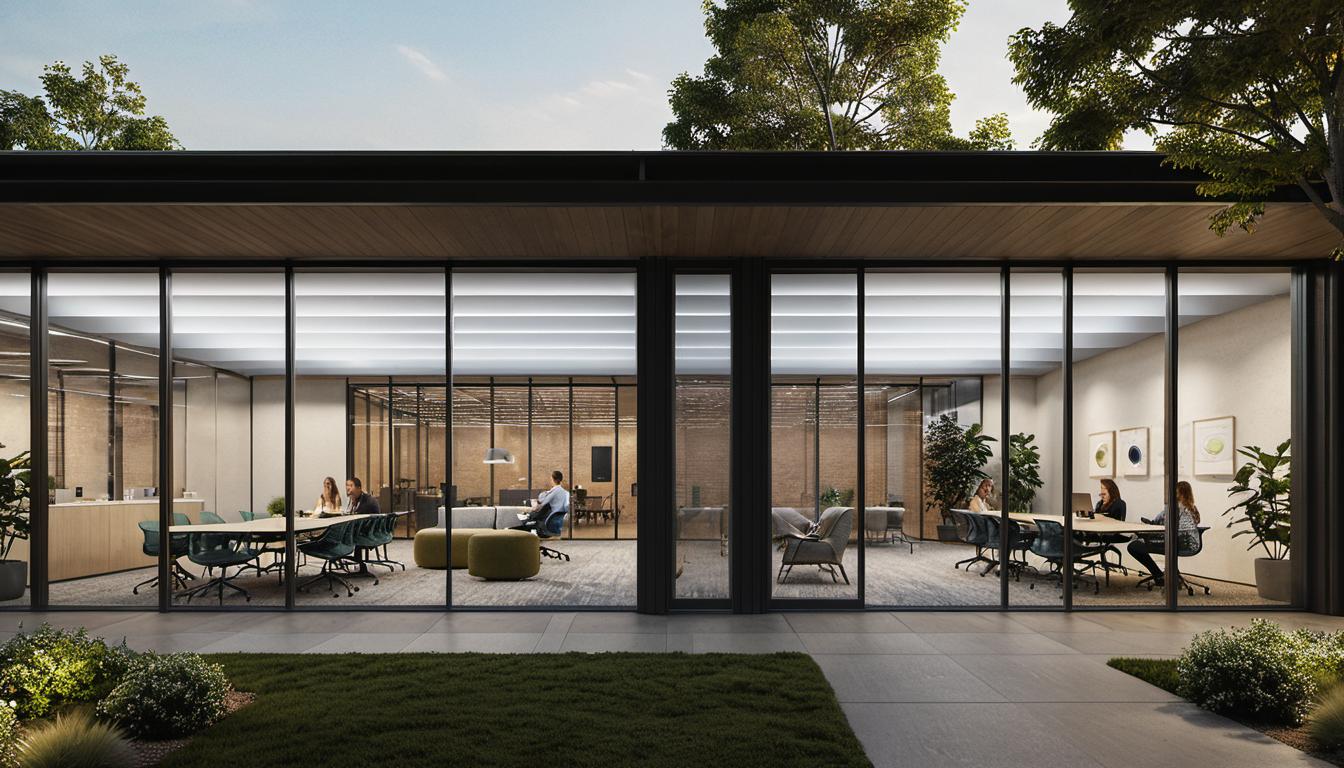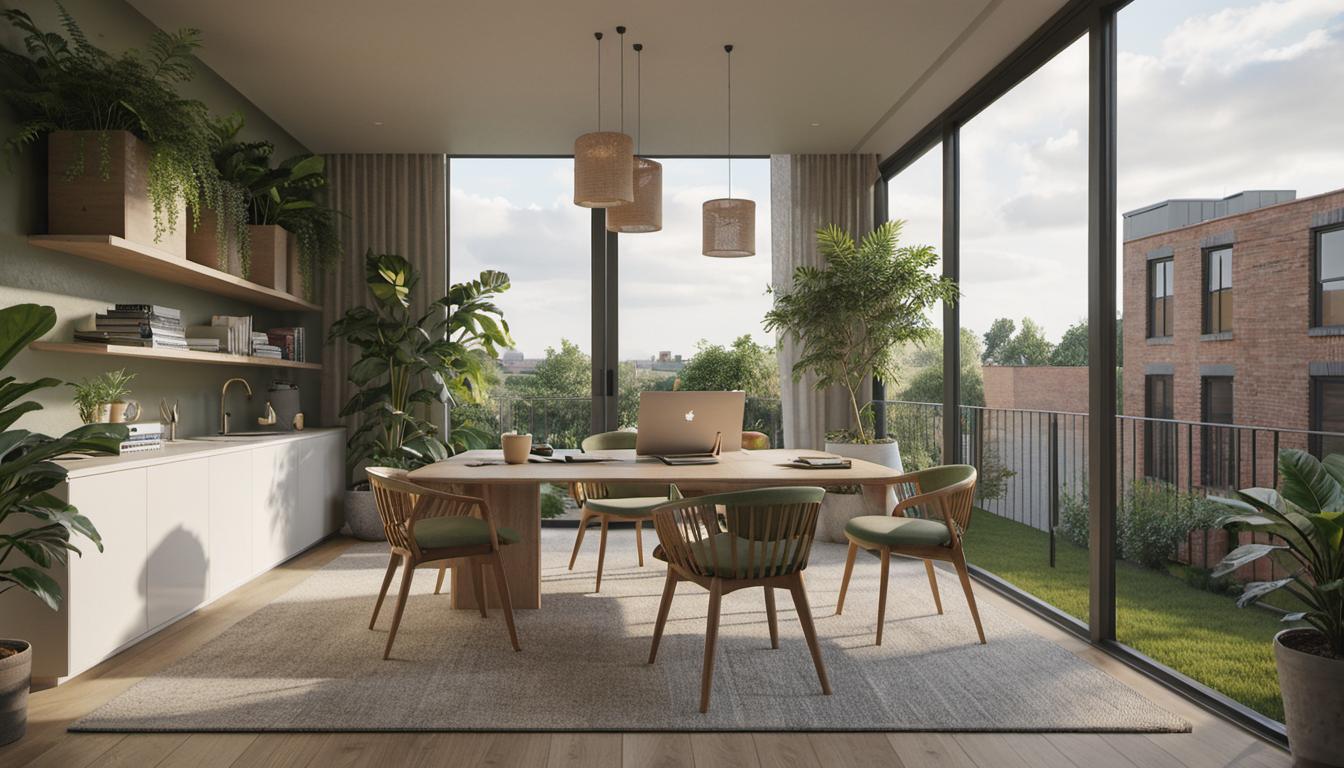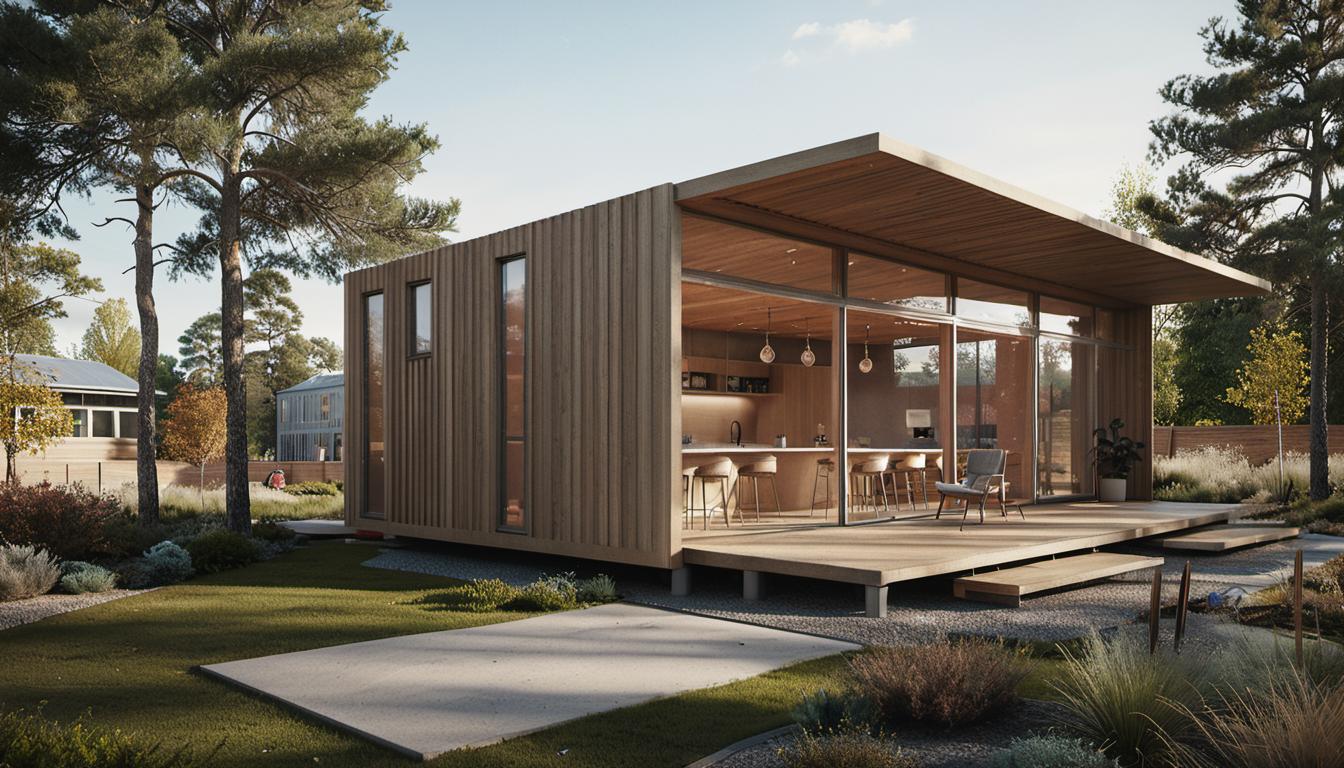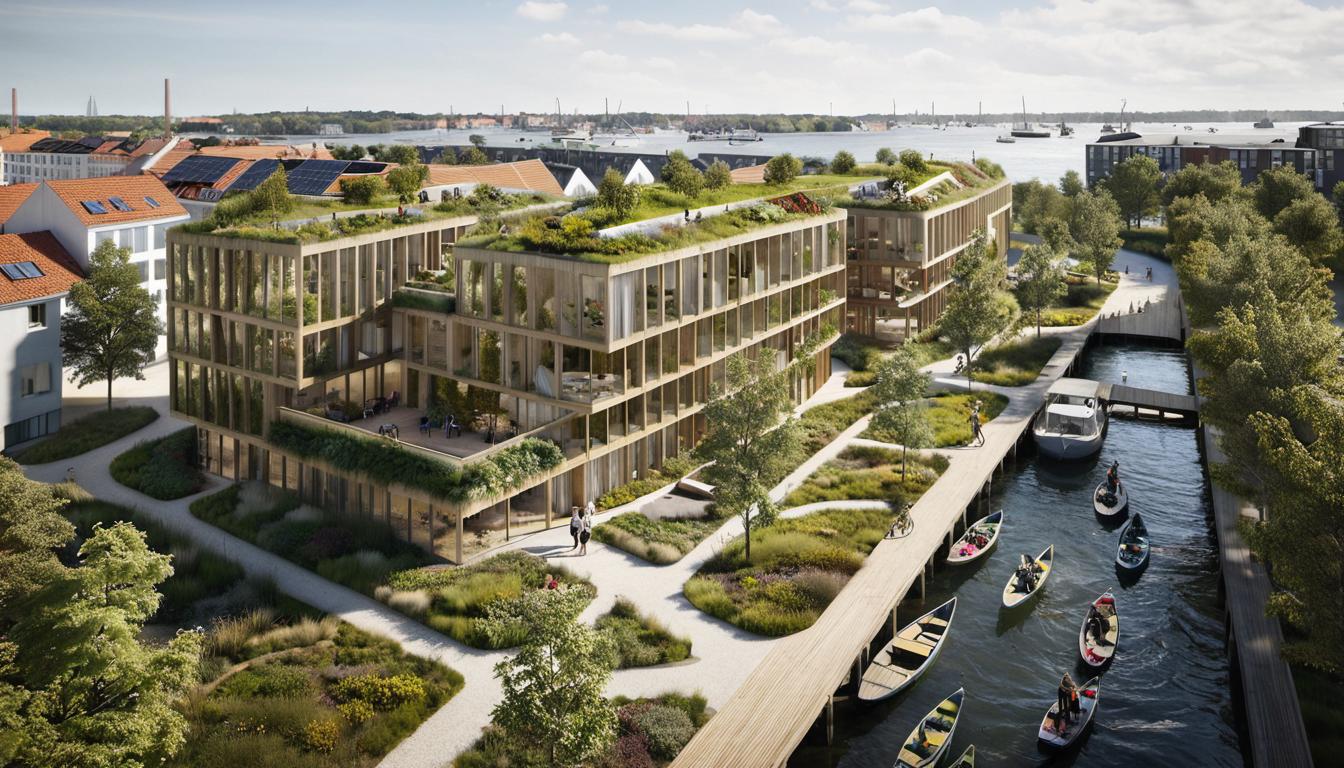Introduction
Artificial intelligence (AI) has significantly influenced real estate architectural visualization, altering how architects and designers conceptualize and communicate their designs. This post outlines how AI is touching different facets of this field, delivering improved efficiency, automation and interactivity, thus altering the landscape of architectural visualization.
Impact of AI on Architectural Visualization Efficiency
- AI improves architectural design iterations and boosts efficiency, allowing architects and designers to scrutinize multiple design possibilities rapidly.
- Repetitive tasks, which are common in the design process, can be automated with AI, freeing up architects’ time, thus enabling them to focus more on creative problem solving.
AI in Rendering and Lighting Techniques
- Complex rendering techniques, traditionally requiring intensive manual work, have been automated with AI, reducing workloads and boosting productivity.
- AI is capable of intelligently analyzing a scene and adjusting parameters to achieve optimal lighting conditions, aiding the creation of realistic visual effects.
AI in Development of Interactive Experiences
- With AI, architects can craft immersive and responsive environments, revolutionizing user engagement.
- It facilitates real-time interaction with designs, providing immediate feedback, and fanning the undercurrents of a design’s evolution.
Data-Driven decisions in Architectural Design
- Abundant amounts of data can be processed and scrutinized with AI, providing valuable insights and trends to design.
- AI enhances decision-making at every stage of the design process thanks to its predictive analytics capabilities.
AI and Augmented Reality (AR) in Architectural Visualization
- The combination of AR and AI breathes new life into architectural visualization by overlaying virtual architectural models onto real-world settings.
- AI-enabled object recognition, spatial mapping, and real-time tracking enhance the interactivity and realism of visualizations
AI in Material and Texture Generation
- AI-powered analysis of real-world materials yields highly realistic and detailed textures, significantly enhancing architectural visualizations.
AI in Optimizing Space Utilization
- AI suggests effective space configurations, leading to efficient and intuitive architectural designs.
- Performance metrics can be evaluated with AI to enhance sustainability and operational efficiency of buildings.
Future of AI in Architectural Visualization
- Further growth in AI’s impact on architectural visualization is expected, as AI algorithms continue to evolve, grasping more of the human preferences and design objectives.
- The potential of blending AI with other emerging technologies, could alter the face of architectural visualization in unpredictable ways.
AI’s Influence on Creativity and Job Security
- There is a need to strike a balance between human creativity and AI capabilities, as AI emerges as a potent tool in architectural visualization.
- The rise of AI may have potential negative impacts, such as job losses, and this dimension needs consideration while leveraging AI for architectural visualization.
Intellectual Property Issues with AI
- Questions arise over whether AI-generated work can be considered original, triggering intellectual property debates in the field of architectural visualization.
- Ethical concerns around AI’s ability to create or duplicate works have drawn the attention of legal and design professions alike.
Conclusion
While recognizing the multifaceted impact of AI on architectural visualization, both the benefits and challenges it brings must be acknowledged. From augmenting rendering techniques to automating repetitive tasks, AI has opened up new frontiers in this field. However, questions around job security, ethics, and the psychological impact of the increasingly blurred lines between human and machine-made design give pause for thought.
FAQs
We’ve compiled a list of the most frequently asked questions about AI’s effect on real estate architectural visualization to help further your understanding.
How is AI enhancing the efficiency and impact of architectural visualization?
AI technology has driven efficiency in architectural visualization and significantly cut down on repetitive tasks. It allows designers to quickly manipulate and fine-tune multiple design options, and it has automated complex rendering and lighting techniques. AI has also become instrumental in data-driven decision-making during different stages of the design process.
What are the benefits of integrating AR with AI in architectural visualization?
The integration of Augmented Reality (AR) with AI introduces a new dimension to architectural visualization. AR overlays virtual architectural models on real-world environments, and when combined with AI’s accurate object recognition, spatial mapping, and real-time tracking, a highly realistic architectural visualization experience is achieved.
What is the role of AI in material and texture generation in architectural visualization?
AI is pivotal in creating materials and textures for architectural visualization. It can analyze massive datasets of real-world materials and generate very realistic and detailed textures.
How does AI contribute to optimizing space utilization and performance in architectural visualization?
AI technology is critical in optimizing space utilization and improving the performance of buildings. It can suggest efficient space configurations and evaluate various performance metrics, enhancing sustainability and operational efficiency.
What are the potential negatives of AI in architectural visualization?
While AI brings many advantages to the table for architectural visualization, certain potential negative impacts must be acknowledged. These include possible job losses due to automation, cybersecurity risks, privacy concerns, and high energy consumption by the large data centers powering AI. AI’s ability to duplicate works and the question of whether AI-generated work is considered original have raised intellectual property debates.






